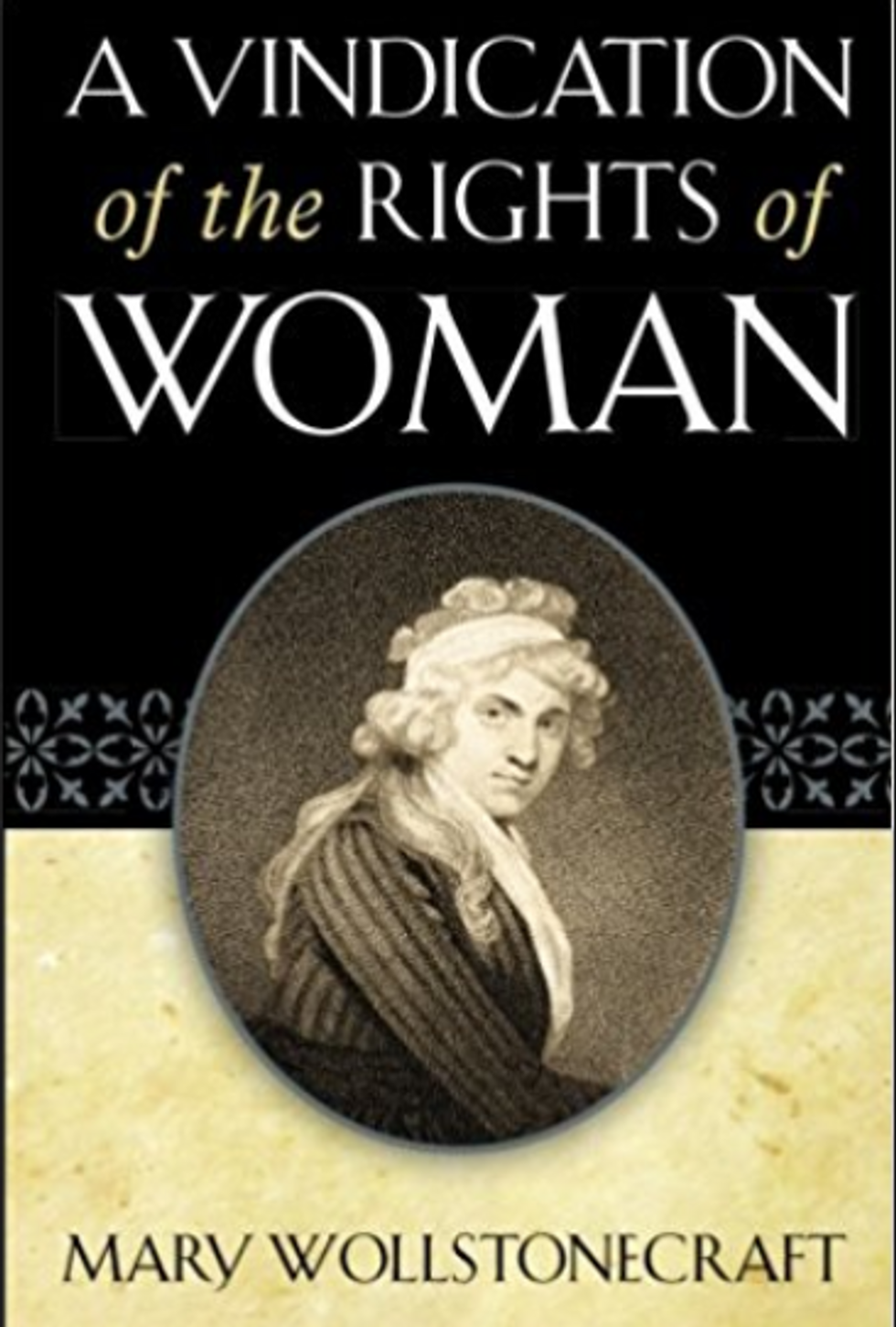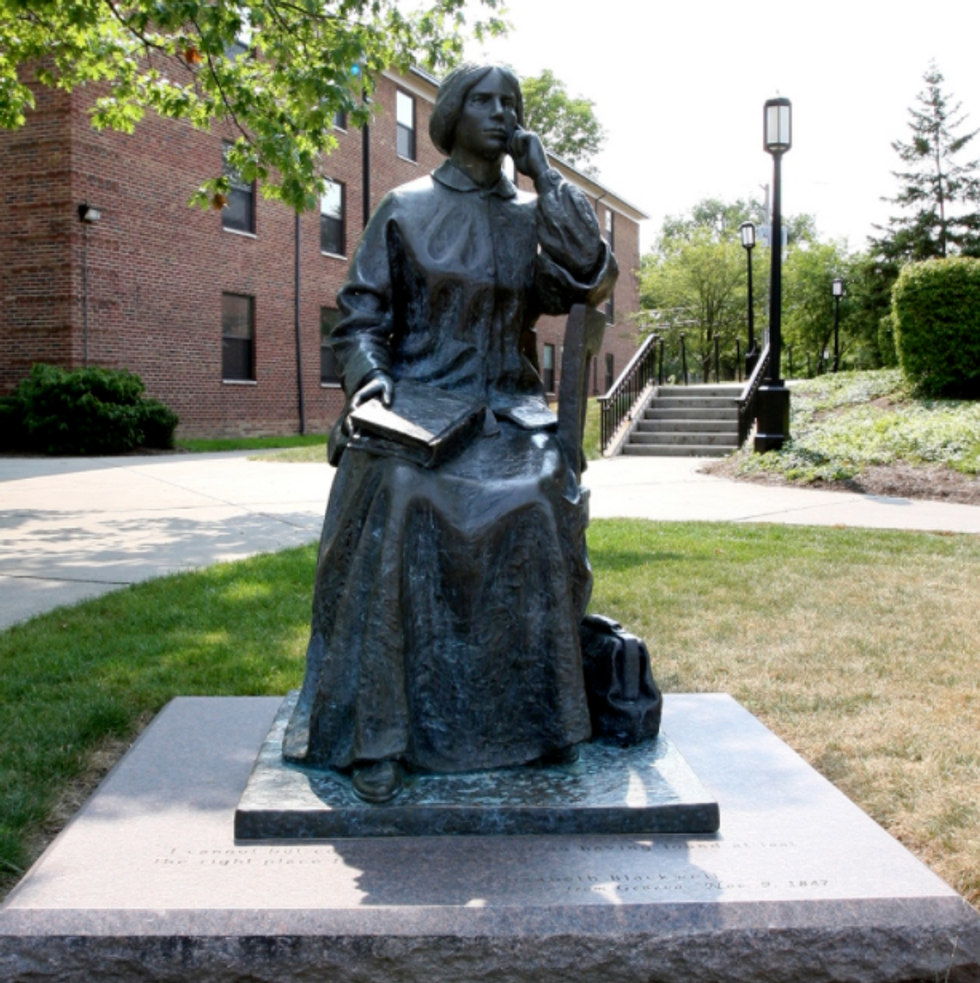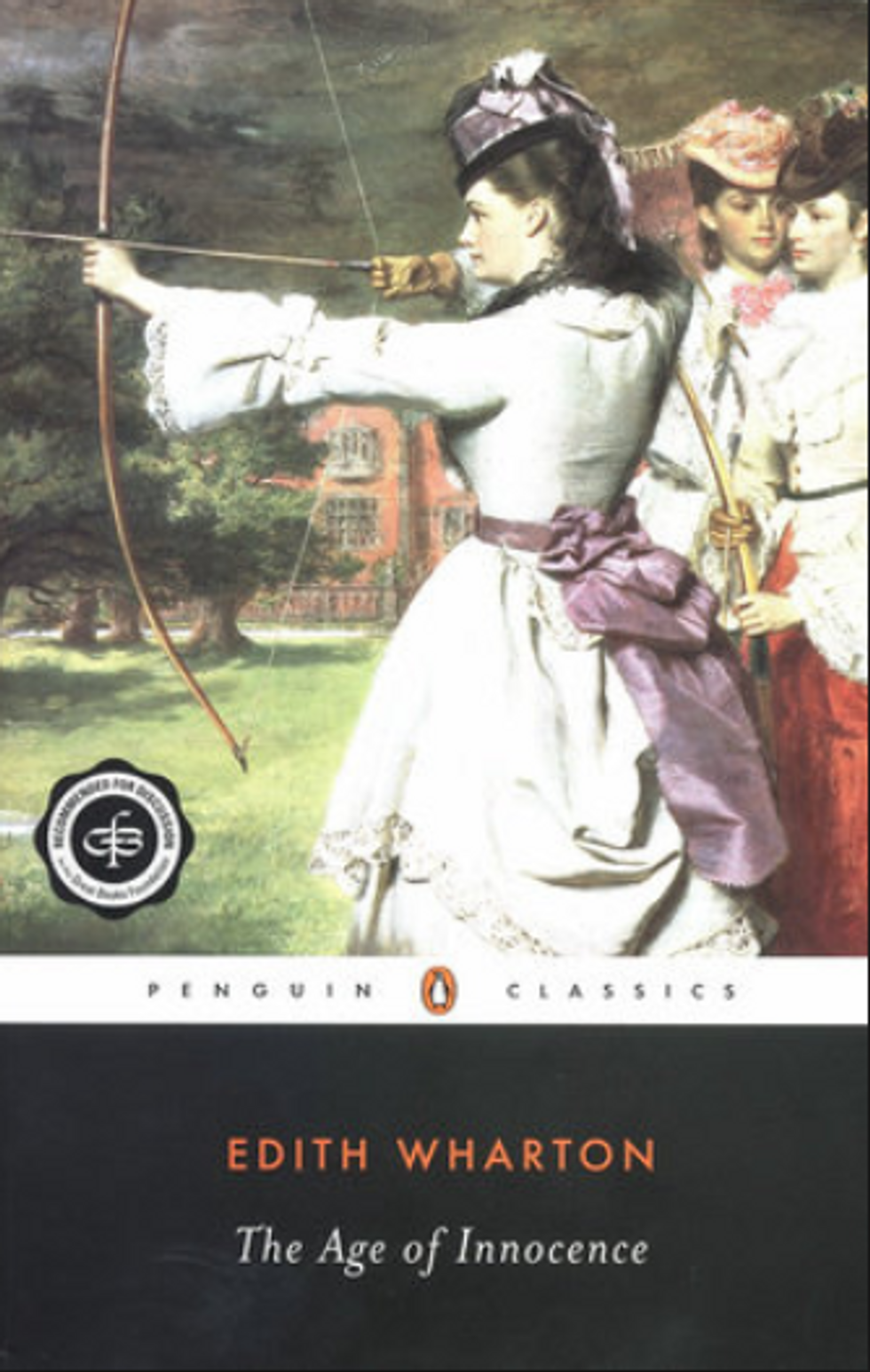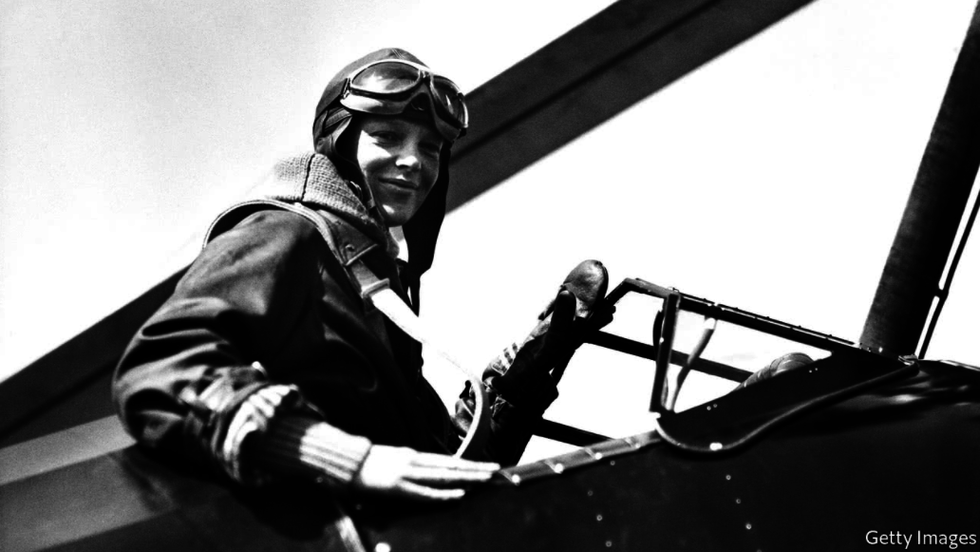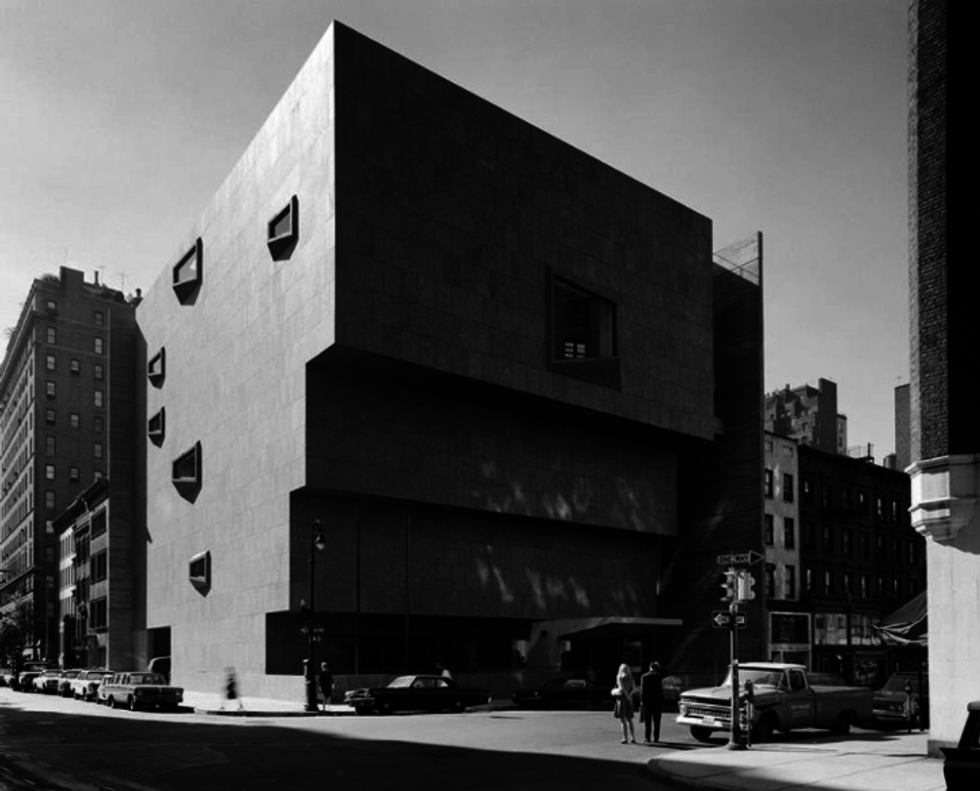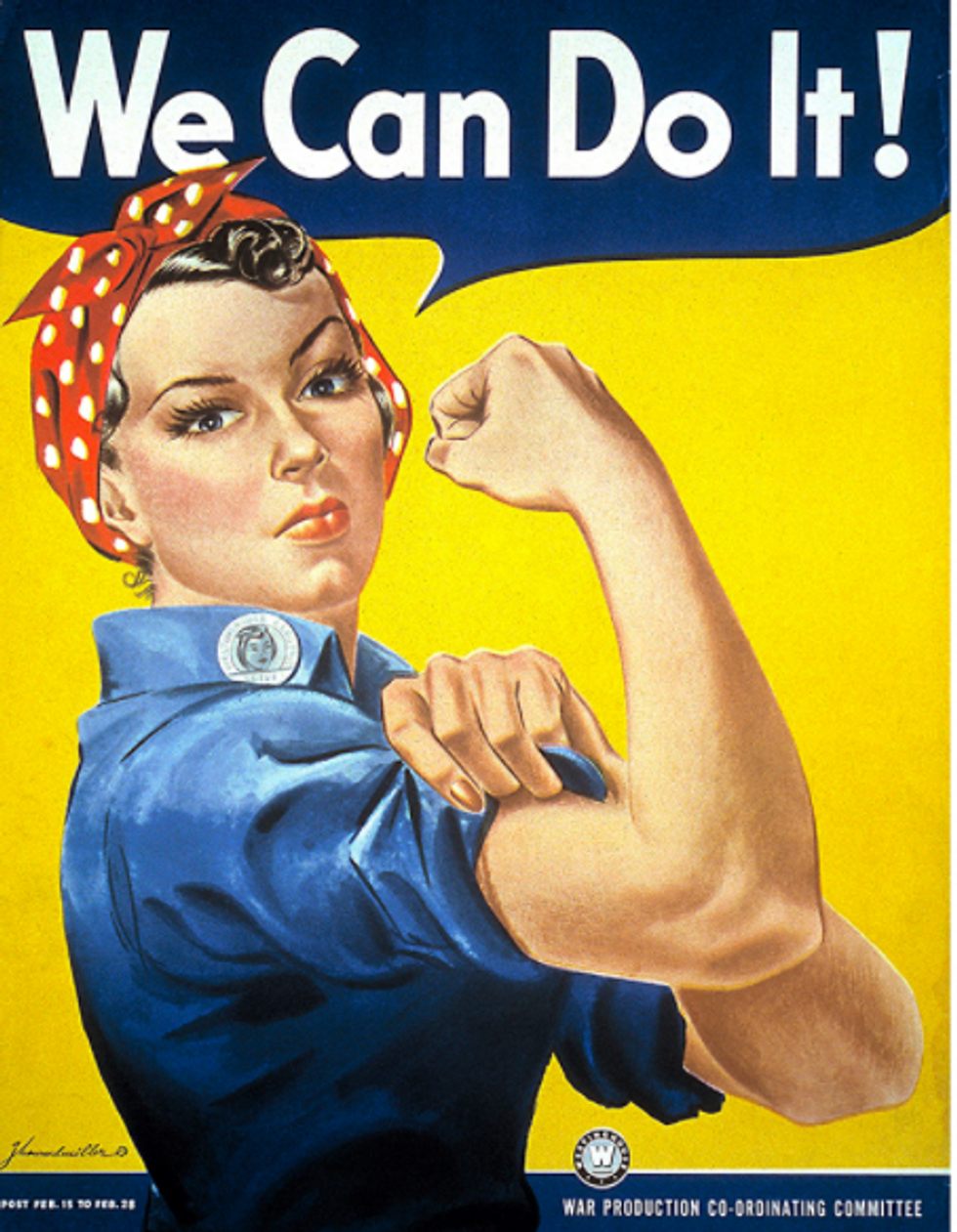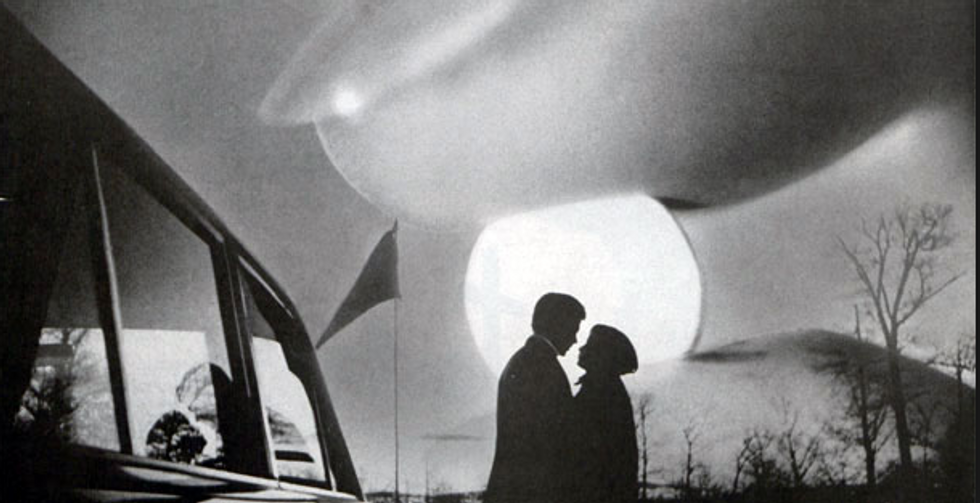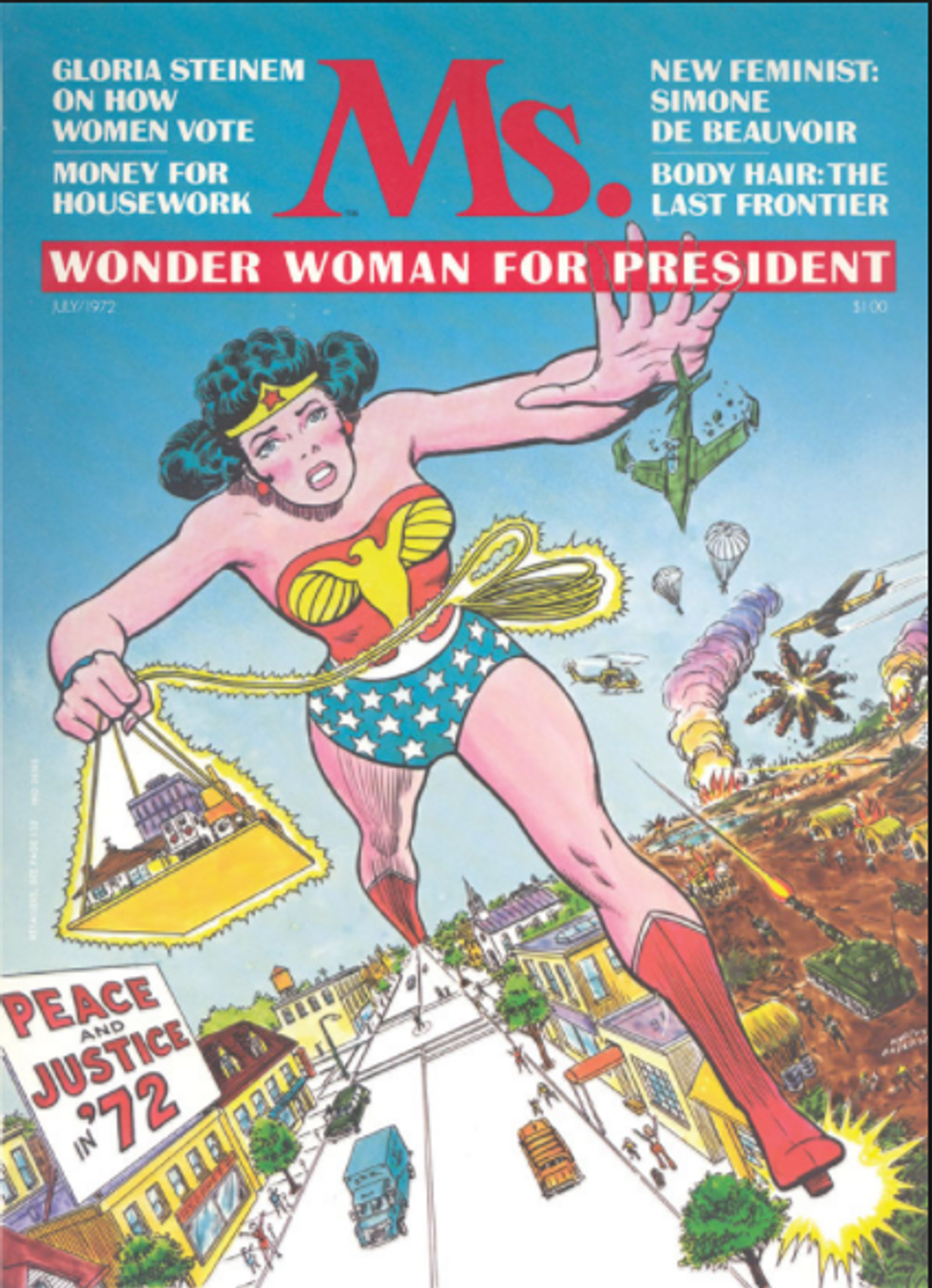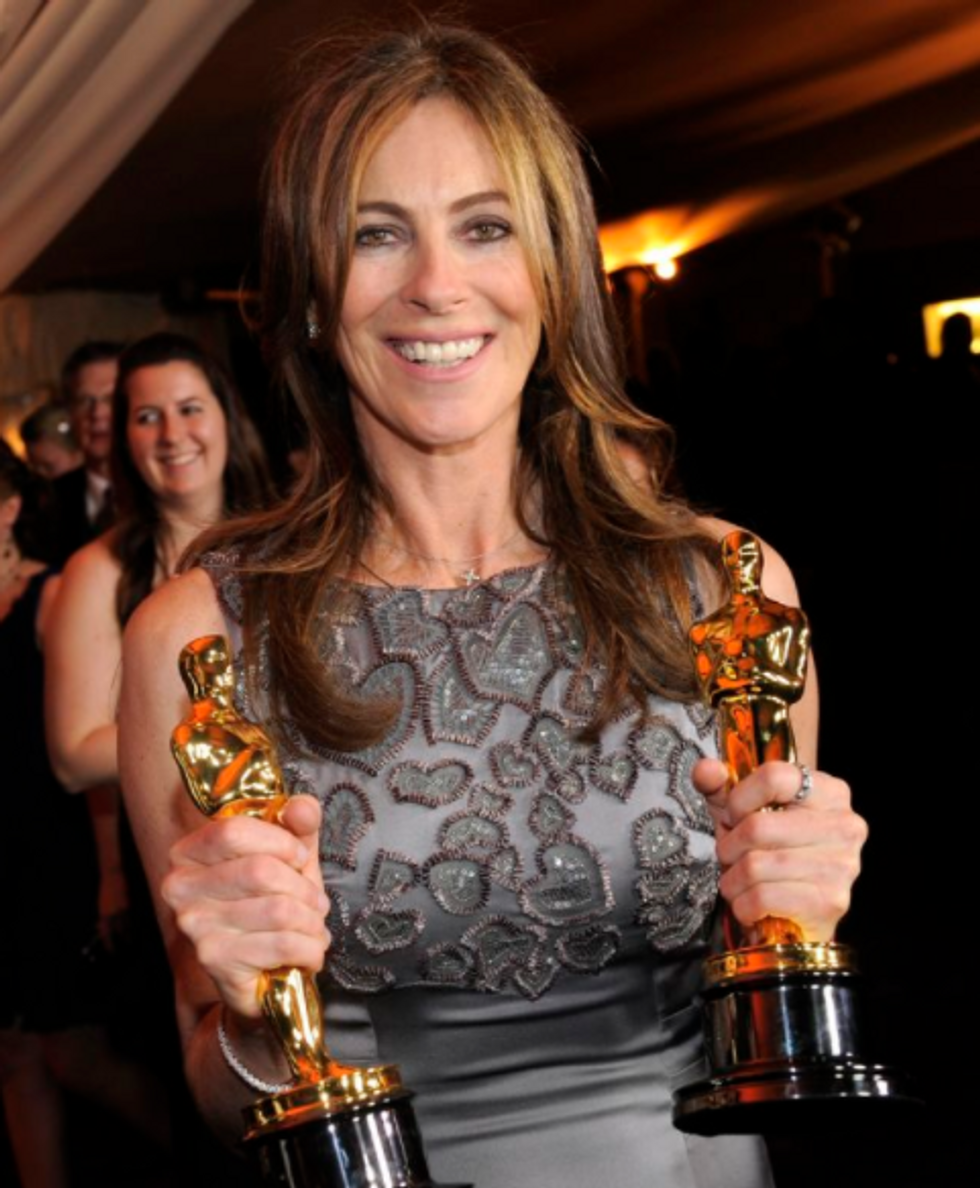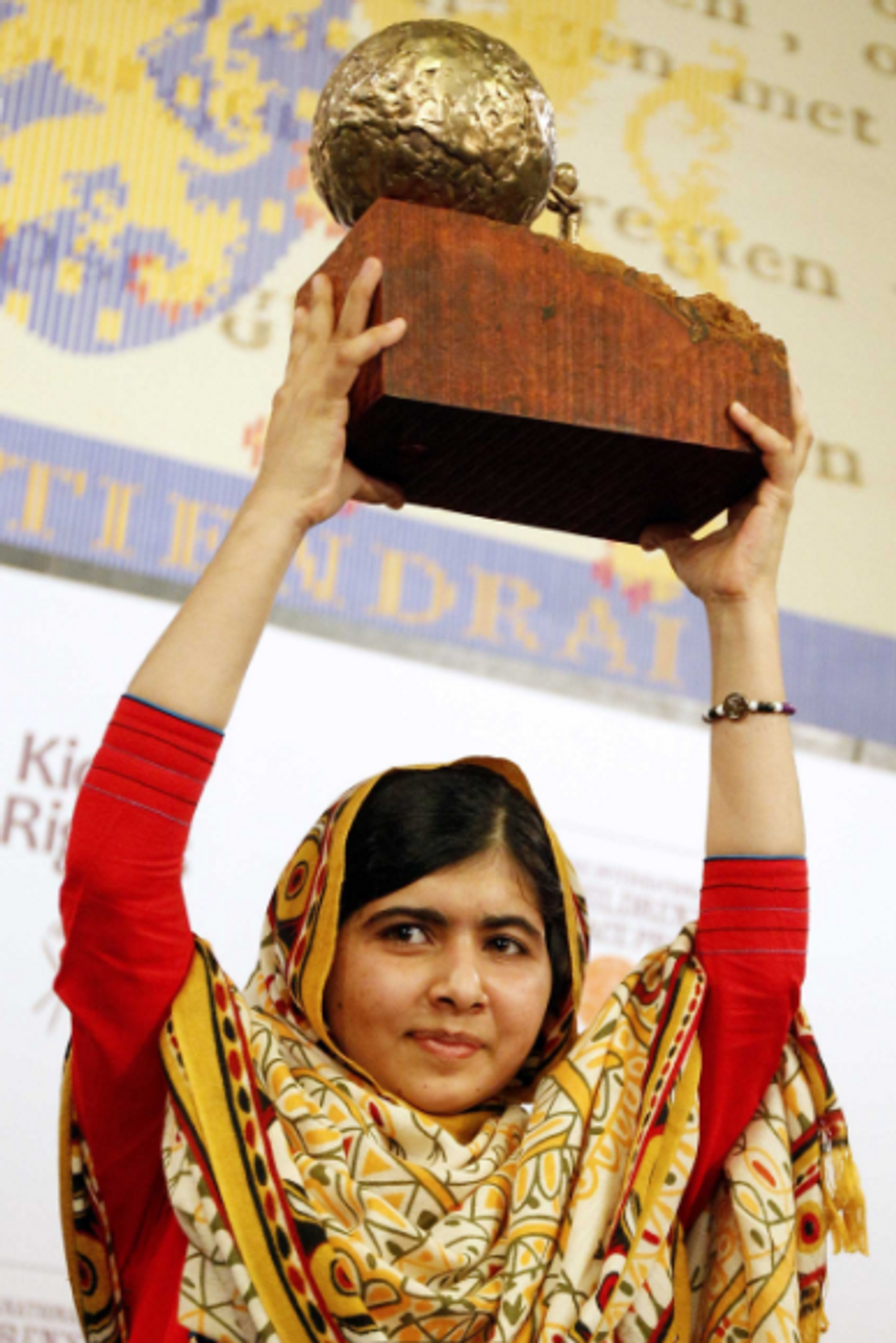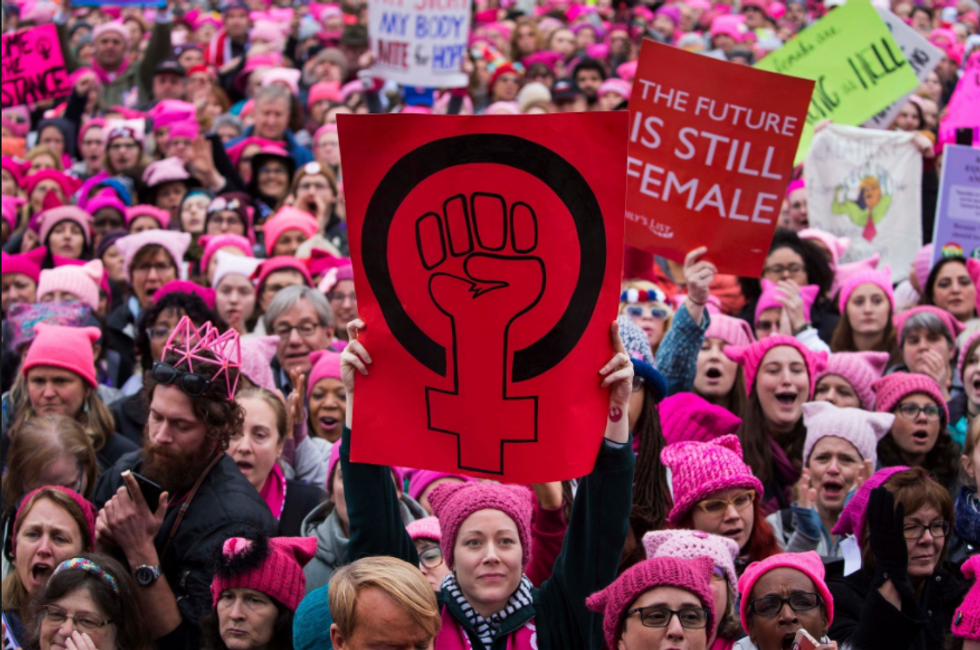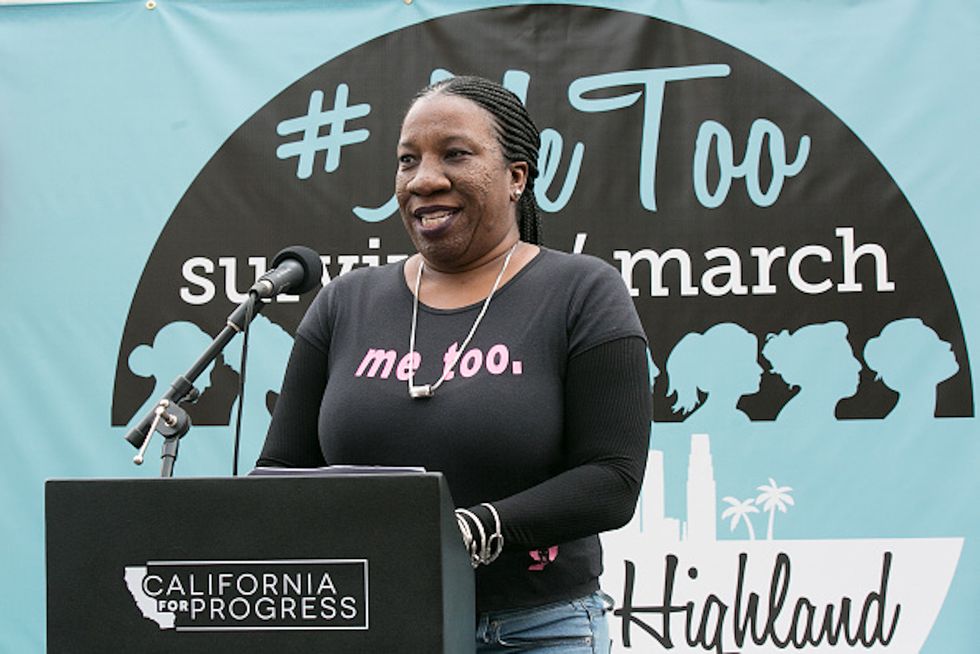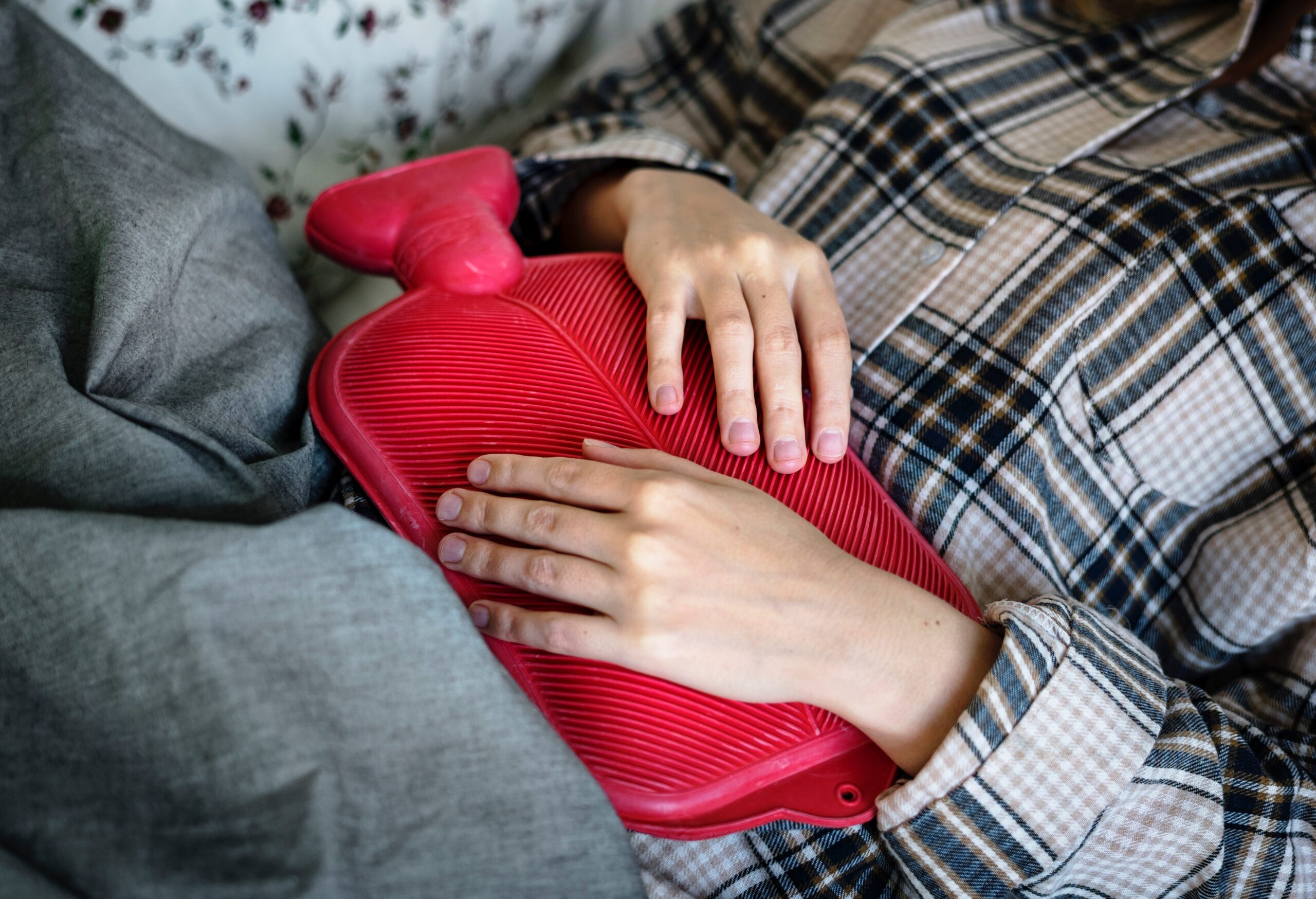In 1909 the first National Women’s Day was celebrated in the United States, in solidarity with the female garment workers who had recently gone on strike to protest dangerous factory conditions. Over a century later, and women across the globe continue to fight for equality. We’ve witnessed the rise (and fall—and rise) of female political candidates, the slashing of reproductive rights, the ascent of the formerly silent. And although there’s still a long way to go, women have continually triumphed over injustice to secure a brighter future for tomorrow. To celebrate this International Women’s Day, we’ve taken the long view, looking back over more than 200 hundred years of progress and the many victories won by women, for women.
1787
First All Female Academy in US
One of the key events in the history of women’s education, the Young Ladies Academy of Philadelphia is founded by a group of Philadelphia’s political and business leaders in order to provide higher education to the young women in the community . It sets the standard for the many academies and seminaries that were opened in the late 1700s and early 1800s.
1792
The English writer and philosopher Mary Wollstonecraft publishes the revolutionary “A Vindication of the Rights of Woman,” in which she argues that women are not naturally inferior to men, but rather lack education. She argues that women should have equal access to co-educational schooling and that women’s participation in society is essential to the health of a nation.
1833
Oberlin College becomes the first coeducational college in the United States. In 1835 it also becomes the first college in the United States to offer open admission to African American students.
1848
The Seneca Falls Convention in New York, is convened to, “Discuss the social, civil, and religious condition and rights of woman.” Three hundred participants sign the Declaration of Sentiments demanding the end of discrimination against women in all spheres of society. Many other conventions soon follow.
1849
Elizabeth Blackwell is the first woman to receive an M.D. degree from an American medical school, Hobart College. Although her application was met with skepticism, the dean of the college, Dr. Charles Lee, bows to her as he presented her diploma.
1851
Women’s rights activist Amelia Bloomer advocates a new style of clothing, shorter skirts over trousers, called a “freedom dress.” Other suffragists such as Susan B. Anthony and Elizabeth Cady Stanton adopt the style which the press dubs “bloomers.”
1851
Sojourner Truth, women’s rights activist and abolitionist, gives her famous speech, “Ain’t I a Woman.” Improvised and spoken from the heart, Truth argues that all people deserve equal rights.
1855
Suffragist Lucy Stone weds Henry Blackwell and keeps her birth name. She inspires others—and generations of women—to follow her example. Stone was also the first woman in Massachusetts to earn a college degree.
1872
Victoria Woodhull becomes the first female presidential candidate running on the Equal Rights Party ticket. Her running mate is the prominent abolitionist leader, Frederick Douglass.
1898
Californian Julia Morgan is the first woman admitted to the Ecole de Beaux-Arts in Paris, 1898. She earns a certificate in architecture and returns home to become the first woman licensed to practice architecture in the state. She’s best known as a champion of the Arts and Crafts movement and for building the massive, ornate Hearst Castle in San Simeon for the publisher William Randolph Hearst.
1903
Pioneering scientist Marie Curie is awarded the Nobel Prize in Physics for her research on radioactivity. In 1911 she becomes the only person to snag Nobel Prizess in two fields of science, when she wins the prize for advances in Chemistry. Her work has been called “epoch changing.“
1911
The Triangle Shirtwaist factory fire in New York City kills more than 100 laborers, many of whom are teenage girls. It results in the largest strike of female factory workers to date and leads to protective legislation for worker safety.
1916
Nurse Margaret Sanger challenges the validity of New York’s anti-contraception law by establishing a clinic in Brooklyn. This leads to her arrest by an undercover female police officer for distributing a leaflet on family planning. In 1918, she wins a lawsuit to allow doctors to advise their married patients about birth control. She establishes the American Birth Control League, which later becomes the Planned Parenthood Federation of America.
1920
Women are granted the right to vote in all federal and state elections! The Nineteenth Amendment to the U.S. Constitution is ratified, declaring,”The right of citizens of the United States to vote shall not be denied or abridged by the United States or by any State on account of sex.”
1921
Edith Wharton is the first woman to win a Pulitzer Prize for her novel “The Age of Innocence.” The novel is critical of the insularity and hypocrisy of the upper class in turn-of-the-century New York.
1926
Gertrude Ederle becomes the first woman to swim the English Channel. She completes the swim in 14 hours and 34 minutes, besting the 5 men who had completed the feat before her.
1928
Women compete for the first time in field events and gymnastics at the Summer Olympics in Amsterdam.
1928
Amelia Earhart is the first woman to cross the Atlantic Ocean in an airplane, a trip which takes twenty hours. She become a celebrity and a national role model.
1931
Jane Addams receives the Nobel Prize for Peace, becoming the first American woman to win a Nobel Peace Prize. Addams becomes known as the “mother” of social work. She continues to advocate for women’s rights, world peace, education and improving living conditions for the poor.
1931
Gertrude Vanderbilt Whitney founds The Whitney Museum of American Art in New York City, becoming the first woman to found a major art museum.
1933
Frances Perkins is appointed Secretary of Labor by Franklin D. Roosevelt. She is the first woman appointed to a cabinet position in the American government.
1937
Earhart attempts to be the first female pilot to fly around the world, and the first pilot to circumnavigate the globe at its widest point, the Equator. Her plane disappears over the Pacific.
1942
The song, “Rosie the Riveter” becomes a hit. The lyrics are an ode to the millions of women who went to work in factories and shipyards during World War II. Although women are encouraged by the government to return home in 1944, the seeds are sown for greater female participation in the workforce.
1960
The FDA announces its approval of “The Pill,” the first birth-control drug. It’s wildly successful. In three years, 2.3 million women are taking the oral contraceptive, but it’s still controversial and illegal in eight states. It becomes legal in all states in 1972.
1966
The National Organization of Women is founded by delegates from the Third National Conference of the Commission on the Status of Women. Among these women is Betty Friedan, feminist and author of “The Feminine Mystique”. A primary focus of the event is to end sex discrimination job postings and hiring practices, which had failed to be codified by the Civil Rights Act of 1964.
1969
California adopts the nation’s first “no fault” divorce law, allowing divorce by mutual consent.
1970
The Boston Women’s Health Book Collective, which was founded by 12 women who gathered to discuss issues about reproductive health, helps launch the women’s health movement in the U.S. They publish a pamphlet called “Women and Their Bodies” which later becomes the groundbreaking book “Our Bodies, Ourselves”.
1972
Title IX of the Education Amendments prohibits sex discrimination in all educational programs that receive federal funding. The law reads, that “no person in the United States shall, on the basis of sex, be excluded from participation in, be denied the benefits of, or be subjected to discrimination under any education program or activity receiving Federal financial assistance.” In the years that follow, the number of girls participating in high school sports will double.
1972
Ms. Magazine is co-founded by Gloria Steinem and Letty Cottin Pogrebin and becomes the voice of the Second Wave Women’s Movement. The cover of the first issue features an image of Wonder Woman.
1973
In the Roe v. Wade decision, the U.S. Supreme Court declares that the Constitution protects women’s right to terminate an early pregnancy, thus making abortion legal. The same year, sex-segregated “help wanted” ads are banned following the Supreme Court ruling on Pittsburgh Press v. Pittsburgh Commission on Human Relations.
1973
Tennis star Billie Jean King wins the “battle-of-the-sexes” televised tennis match against Bobby Riggs. The event is highly publicized and politicized. It highlights the demands for equal rights and opportunities for female athletes, and inspires countless young women and girls.
1981
Jeane Kirkpatrick becomes the first female U.S. ambassador to the United Nations.Sandra Day O’Connor is the first female justice appointed to theU.S. Supreme Court, serving until 2006. Gro Harlem Brundtland becomes the first female Prime Minister of Norway.
1983
Sally Ride, 32, becomes the first American woman to travel to space. In the lead up to the flight, journalists ask, “Will the flight affect your reproductive organs?” and “Do you weep when things go wrong on the job?” She remains the youngest person to travel into space.
1992
1992 is declared the Year of the Woman. Following the wrenching and polarizing hearings of 1991, in which lawyer Anita Hill accuses the Supreme Court nominee Clarence Thomas of sexual harassment, record numbers of women are elected to Congress. Four women win Senate elections and two dozen women are elected to first terms in the House of Representatives.
1994
The Violence Against Women Act is passed. It funds services for victims of rape and domestic violence, allows women to seek civil rights remedies for gender-related crimes, provides training to increase police and court officials’ sensitivity and establishes a national 24-hour hotline for battered women.
2009 Fair Pay Act
President Obama signs into law the Lilly Ledbetter Fair Pay Act, an amendment to the Civil Rights Act of 1964. The new act addresses a 180-day statute of limitations for filing equal-pay lawsuits. This original ruling stemmed from the Ledbetter v. Goodyear Tire & Rubber Co U.S. Supreme Court decision on a case launched by Lily Ledbetter, a former employee who had sued for pay discrimination. The new law stipulates that the statute of limitations resets with every paycheck.
2010
Kathryn Bigelow becomes the first woman to win an Oscar for Best Director. Her film,”The Hurt Locker” garners five other Academy Awards including Best Picture. She beats her former husband, James Cameron, whose animated science fiction epic “Avatar” was the presumed front-runner.
2013
The ban against women in American military combat positions is lifted, overturning a 1994 Pentagon decision restricting women from combat roles.
2014
Mo’ne Davis triumphs at the Little League World series. She is one of two girls who play in the 2014 games and is the first girl ever to earn a win, and to pitch a shutout in the series’ history.
2014
The Nobel Peace Prize is awarded to Malala Yousafzay for her “struggle against the suppression of children and young people and for the right of all children to education.” At 17, she is the youngest recipient of the prize. An advocate for the education of women and girls, Malala survived an assassination attempt by the Taliban in her native Pakistan. After her recovery, she becomes a world famous advocate, speaker, and author.
2016
Hillary Clinton, former first lady, U.S. senator and Secretary of State, becomes first female presidential nominee of a major party. She battled popular Vermont Senator Bernie Sanders to win the Democratic Nomination
2017
The Women’s March surpasses expectations when countless citizens—as many as 5 million in the United States alone—take to the streets across the globe in support of women’s rights and social justice. Aerial news footage from many cities shows a sea of pink “pussy hats” knitted and worn for the event. In part, the march is a protest of the presidential inauguration of Donald J. Trump, held the day before the march.
2017
Within the span of a week in October, the New York Times and the New Yorker magazine publish damning articles outlining the sexual misconduct of mega-producer Harvey Weinstein. Numerous actresses go on the record detailing encounters from harassment to rape. The hashtag #MeToo goes viral on social media as a way of highlighting the insidious and widespread nature of workplace harassment.
2018
An extension of #MeToo, the Time’s Up Movement is founded on January 1 by women in Hollywood to fight sexual harassment in all fields and provide legal support and counseling for victims.. Within a month, the legal fund raises over $20 million.
For information on events related to International Women’s Day, visit the official website.


